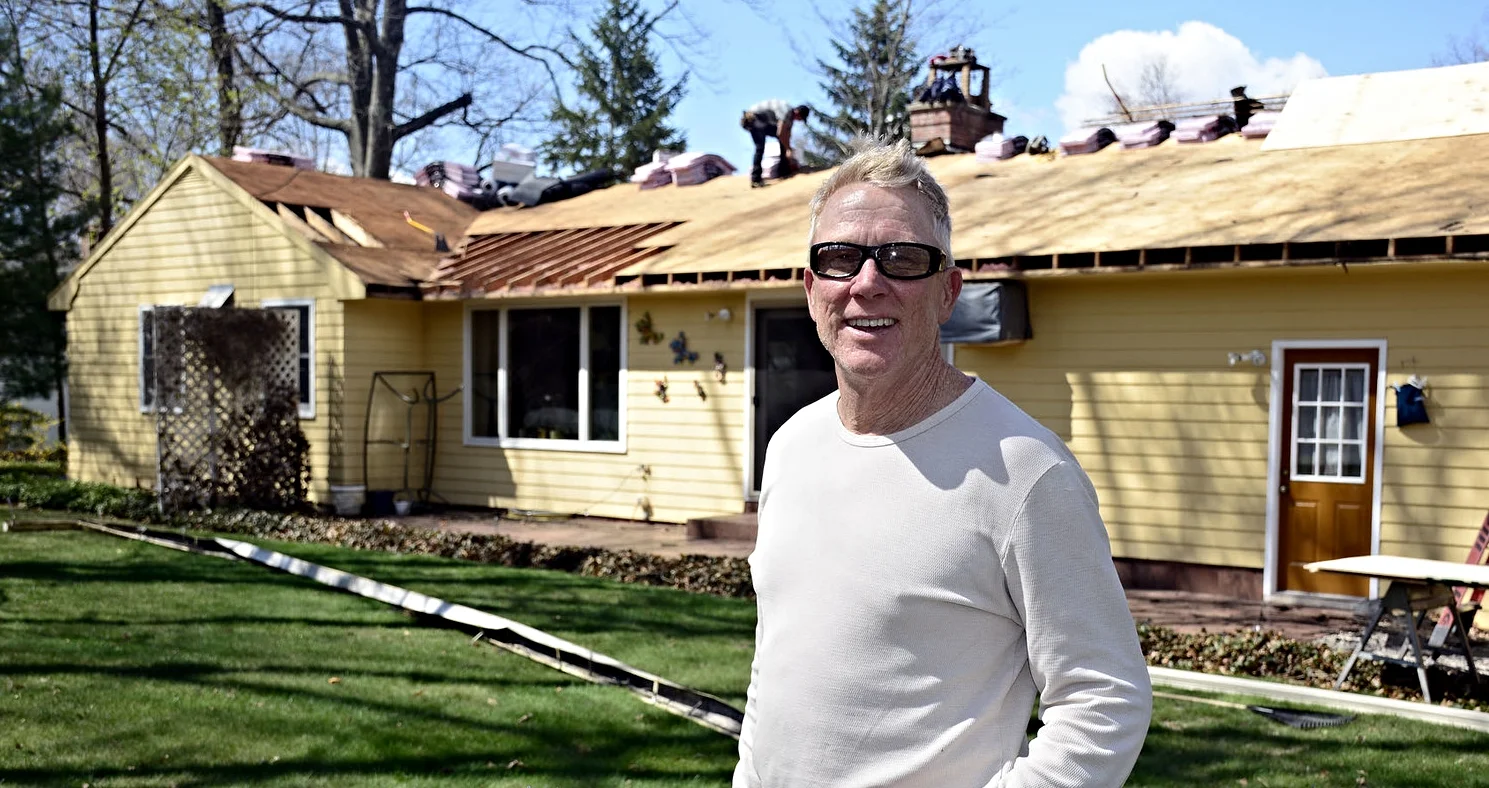Late Summer Veggies for a Fall Garden Harvest
Chelsea O'Donnell
If you think late summer is the time to give your garden a rest, think again. This time of year is perfect to get late fall and winter veggies into the ground to enjoy a delicious harvest even when the frost sets in. For those of you with a green thumb or even if you regret not getting in the garden earlier this year, now is a great time to get planting. Let’s start with three basic tips.
First, make a note of the frost dates. A smart cool weather garden will thrive if it’s in the ground and has time to mature well before the daytime temperature starts to settle at around 55 degrees. The almanac has the first frost around the second week in October, which means you have about six weeks to get your crops settled in.
If you’ve decided on a fall garden, you might want to think about building a cold frame. You can buy one at a local hardware store, or make your own using plywood and plastic with holes for ventilation. For a small garden, a hinged plexiglass box will do the trick but for larger beds, consider heavy-duty plastic sheeting.
Lastly, use this opportunity to give back to your garden and get it ready for next season. If you’re not too picky about what to plant or you aren’t interested in harvesting, consider a cover crop - a species that will improve the health of your soil, enhance your garden’s biodiversity, and keep pests and weeds at bay. Peas and beans are the best choices for veggies, and clover, rye, buckwheat, and sorghum work really well too.
Once you’ve committed to a fall garden, the only decision left is what to plant! Some of my favorite vegetables do really well in the colder months, so luckily you have tons to choose from. In terms of leafy greens, you have your pick with chard, kale, lettuce of all kinds, and spinach. Other tough veggies like broccoli, beets, carrots, and radishes are plenty strong for these colder months. My favorites roasters like fennel, parsnips, turnips, and Brussels sprouts also do incredibly well this time of year. And let’s not forget rhubarb for a delicious late-season pie!
If you love all these veggies but can’t get yourself to commit to a late summer garden, don’t worry. Bookmark this for six months' time and get excited to kick off the spring with early planting. Happy Gardening!
Bob O’Donnell is the owner of O’Donnell Bros. Inc., a Bristol-based home improvement company established in 1975. Email your questions to info@odonnellbros.com with the subject line “Ask the Pro.” All questions may be considered for publication. To contact Bob for your remodeling needs, call O’Donnell Bros. Inc. at (860) 589-5155 or visit http://www.odonnellbros.com. Advice is for guidance only.
